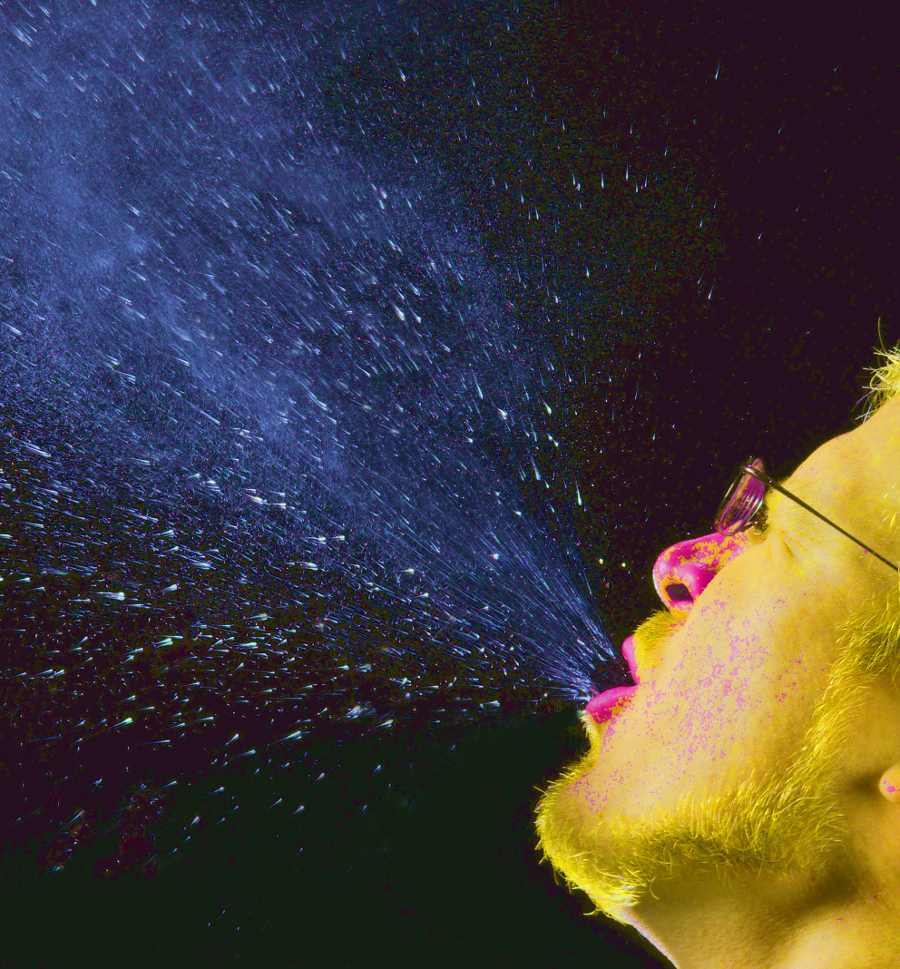Airborne spread studied

Ongoing understanding of COVID-19 shows the need for a re-evaluation of how all respiratory infectious diseases pass between people, according to a new expert review.
Traditionally thought to be spread mainly through large respiratory droplets produced by the coughs and sneezes of sick individuals, a growing body of evidence indicates that many respiratory pathogens – including SARS-CoV-2– spread through virus-laden microscopic respiratory aerosols.
But the inaccurate understanding has largely guided public health recommendations in mitigating viral spread.
Several respiratory pathogens, including influenza and the common cold, are also known to spread through infectious respiratory aerosols, which can float and travel in air flows at far greater distances and for much longer, infecting those that inhale them.
According to a growing body of evidence, much of which gained from studying the spread of COVID-19, airborne transmission may be a more dominant mode of respiratory virus transmission than previously thought.
Also, since it has been established that the smallest aerosol particles - those that travel the farthest - are enriched with the virus, suggesting the current recommendations regarding 1 or 2 metre distancing are not sufficient to guarantee protection against COVID-19 transmission alone.
This is especially relevant for indoor areas where ventilation and air flow are reduced compared to outdoor settings.
The distance that a respiratory aerosol will travel is dependent on several factors, such as their size, the initial speed at which they are expelled, ambient air velocity, and other environmental factors.
Experts say physical distancing of at least 2 metres along with focus on ventilation, airflows, air filtration, UV disinfection, and mask fit must be used together to help prevent transmission of COVID-19.
In a recent study, researchers highlighted how infectious aerosols are generated, travel throughout an environment and deliver their viral payloads to hosts.
The authors say authorities should work on ways to mitigate aerosol transmission at long and short ranges, including improvements to ventilation and airflows, air filtration, UV disinfection and personal face mask fit and design.
“This paper highlights how gaps in the knowledge of aerosol behaviour influenced early statements from health officials about the SARS-COV-2 pandemic, such as that the virus was not airborne,” says Dr Joel Rindelaub, an aerosol chemist at the University of Auckland.
“Aerosol scientists have long pushed for greater recognition of COVID-19’s aerosol transmission potential, with experts publicly questioning the WHO’s stance on airborne transmission since at least April 2020.
“After a letter signed by 239 aerosol scientists was released in July 2020, the WHO finally recognised that ‘short-range aerosol transmission… could not be ruled out’.
“It wasn’t until May 2021 that the CDC stated that aerosols were the main mode of transmission, 11 months after aerosol scientists had published the very same conclusion.
“Limited expertise on the generation and transport of respiratory aerosols may have an impact on infections beyond COVID-19, calling for a review on the health recommendations for other respiratory viruses, such as influenza virus, human rhinovirus, and respiratory syncytial virus (RSV).”








 Print
Print